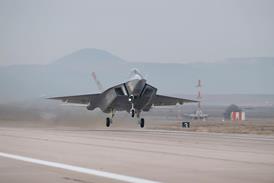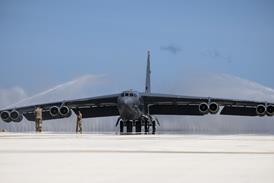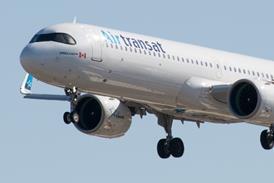FlightGlobal is the global aviation community’s primary source of news, data, insight, knowledge and expertise. We provide news, data, analytics and advisory services to connect the aviation community globally and help organisations shape their business strategies, identify new opportunities and make better decisions faster.
Researchers use video simulations to show ‘visceral experience’ of exposure to rotorcraft downwash

UK researchers believe they have discovered a “powerful new approach” to demonstrate safety risks posed by hovering helicopters or other vertical take-off vehicles by using video simulations to “capture the true physical form” of the gusting and swirling winds generated.
Keep reading this article by becoming a FlightGlobal member now
PLEASE REGISTER FOR FREE OR SIGN IN TO CONTINUE READING

You have reached your limit of free articles for this period. Register for a FREE account to read this article and benefit from:
- Increased access to online news and in-depth articles from:
- FlightGlobal Premium covering the global aviation industry
- Airline Business providing insight for business leaders
- Weekly newsletters on topics across the industry





















